A plated semi-trailer, often referred to as a flatbed or container chassis semi-trailer, is a specialized type of trailer designed for transporting various cargo types safely and efficiently. In understanding what constitutes a plated semi-trailer, it’s essential to consider several key attributes, specifications, and applications that define its versatility and importance in the transportation industry.
Understanding Plated Semi Trailers
What Makes a Semi Trailer “Plated”?
The term “plated” often refers to the structural makeup of the semi-trailer. Specifically, a plated semi-trailer is equipped with steel plates or aluminum sheets that provide durability and strength, permitting the transport of heavy loads without compromising the integrity of the trailer. These plates serve several essential functions, including:
- Structural Integrity: Ensures the trailer can withstand heavy loads and various road conditions.
- Protection: Guards the cargo against external elements such as rain, dust, and debris.
- Adaptability: Supports the use of various loading methods, including containerized transport and flatbed loading.
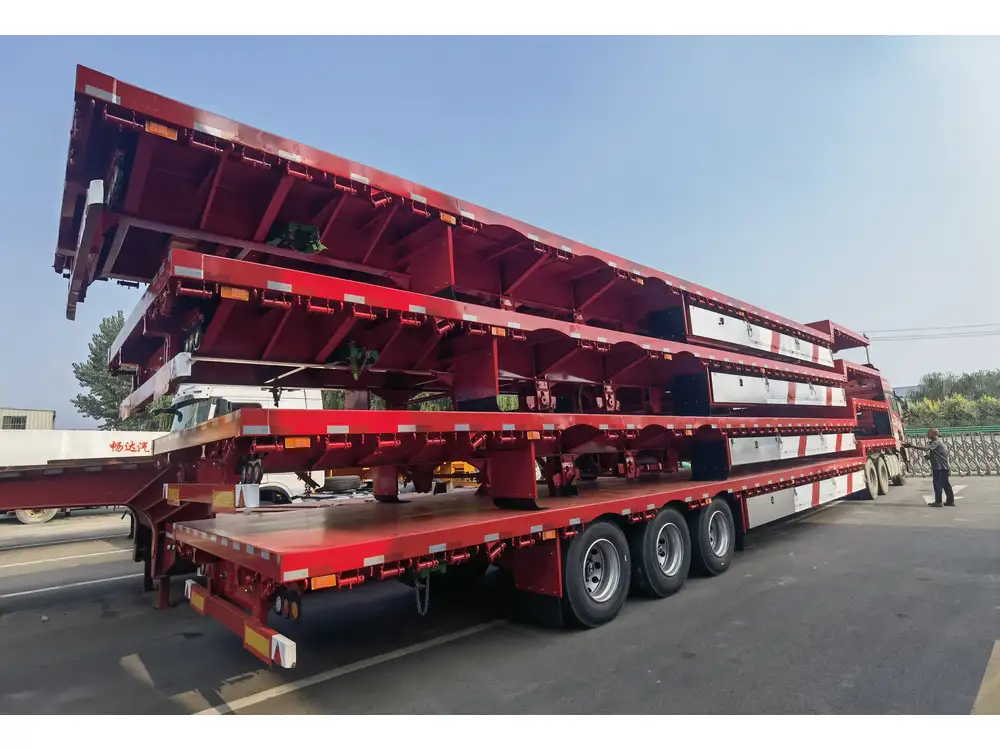
Types of Plated Semi Trailers
Different types of plated semi-trailers are available, catering to varying transport needs. Here’s a brief comparison of common types:
| Type | Description | Ideal Use Cases |
|---|---|---|
| Flatbed Semi Trailer | A simple design with no sides or roof, allowing for easy loading. | Building materials, heavy machinery, oversized loads. |
| Enclosed Semi Trailer | Provides full protection with walls and roof, preventing cargo exposure. | Valuable goods, electronics, perishables. |
| Refrigerated Semi Trailer | Insulated and temperature-controlled, suitable for perishables. | Food products, pharmaceuticals. |
| Tilt Semi Trailer | Features tilting platforms for easier loading and unloading. | Heavy equipment, machinery transport. |
Key Components of a Plated Semi Trailer
Understanding the components of a plated semi-trailer can provide deeper insight into its functionality and advantages.
Chassis
The chassis is the backbone of the semi-trailer, often made of high-tensile steel or aluminum. This component must possess strength and flexibility to handle heavy loads while ensuring safety during transportation.

Axles
The axles are critical in load distribution. The number of axles may vary depending on the trailer’s size and weight capacity. More axles typically provide better weight distribution, which is key to preventing excessive wear and tear on roads.
Suspension System
Modern plated semi-trailers utilize various suspension systems, including air ride, leaf spring, and walking beam systems. The suspension ensures a smooth ride, reducing the likelihood of cargo damage and improving vehicle control.
Load Deck
The load deck is typically made of either wood or steel and varies in style—from flat surfaces to diamond plate finishes—based on loading needs. Considerations for tread surfaces, utility holes, and tie-down points all play significant roles in optimizing cargo safety and efficiency.
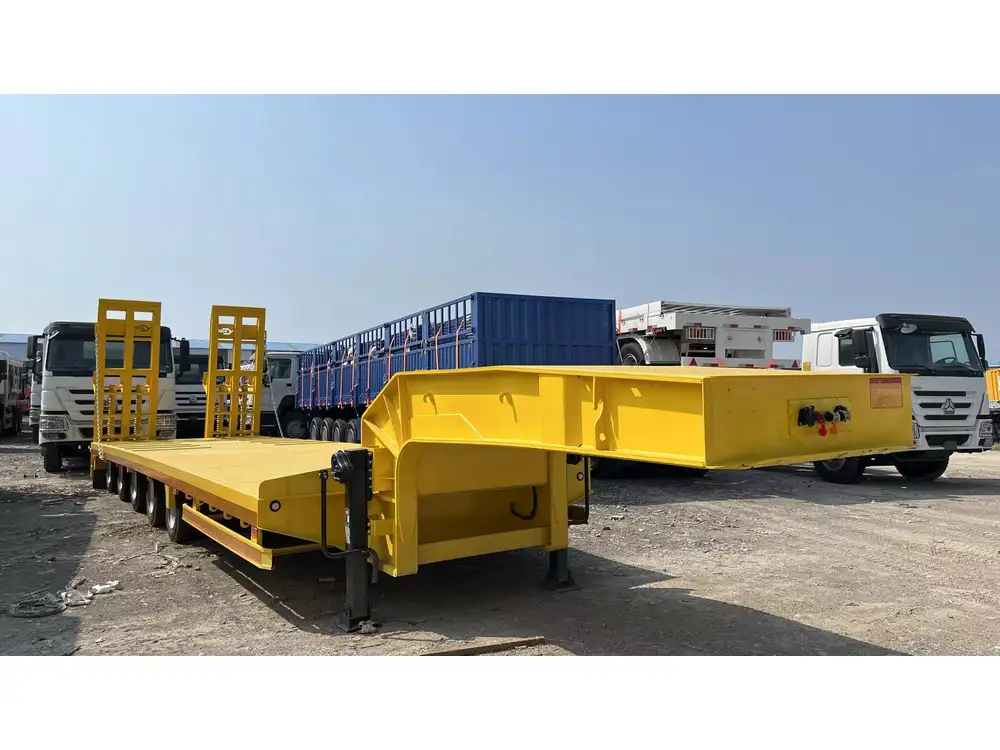
Side Rails and Stake Pockets
For flatbed and plated trailers, side rails, and stake pockets are crucial for securing cargo. These features accommodate chains, straps, or tarps, providing versatile loading options that increase efficiency.
Advantages of Choosing a Plated Semi Trailer
When defining the value of plated semi-trailers, several discerning advantages come into play:
Durability and Strength
Plated trailers are constructed from robust materials designed to withstand heavy loads and harsh conditions. This durability translates into longer service life and lower maintenance costs over time.
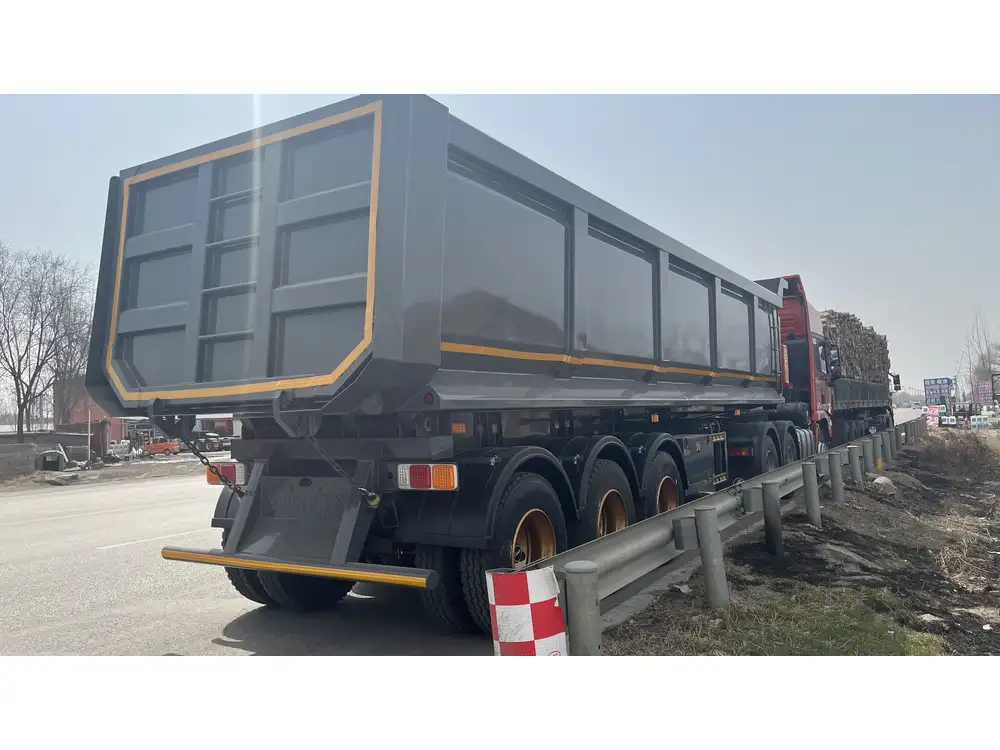
Versatility
Their adaptable design allows for the transport of diverse cargo types, making them a preferred choice for shipping companies that deal with various industries.
Cost Efficiency
With lower repair needs and excellent load management, plated semi-trailers can lead to significant cost reductions in logistics, enhancing overall operational efficiency.
Common Applications for Plated Semi Trailers
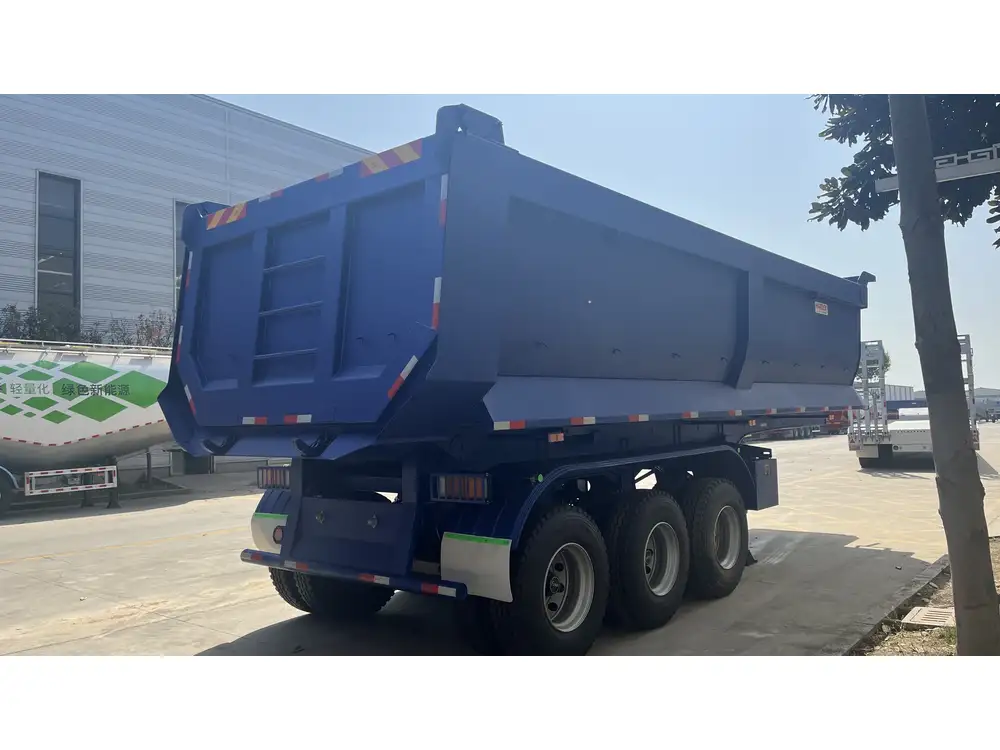
Construction Industry
In the construction sector, plated semi-trailers are indispensable for moving heavy materials like steel girders, lumber, and equipment. Their open design allows for easy loading and unloading using cranes or forklifts.
Agricultural Transport
Farms utilize plated semi-trailers for transporting produce and machinery. The flatbed design accommodates large-scale agricultural equipment, ensuring both safety and stability during transit.
Industrial Freight
Manufacturers employing frequent shipments of bulk items benefit greatly from the adaptability of plated semi-trailers, whether transporting machinery components, raw materials, or finished goods.

Container Transport
Plated semi-trailers, often employed as container chassis, enable easy transport of shipping containers from ports to distribution centers, facilitating streamlined logistics operations worldwide.
Safety Considerations with Plated Semi Trailers
When discussing plated semi-trailer usage, safety is paramount. Drivers and operators should adhere to several best practices:
Regular Maintenance Checks
Implementing a routine maintenance schedule for brakes, tires, and structural components ensures the safety and operational integrity of the trailer.

Load Security
Properly securing loads using straps, chains, and tarps mitigates the risk of cargo shifting during transit, a leading cause of accidents.
Weight Distribution Awareness
Understanding the weight limits for axle loads is crucial for maintaining balance and preventing trailer sway, which can lead to dangerous situations on the road.
Frequently Asked Questions about Plated Semi Trailers
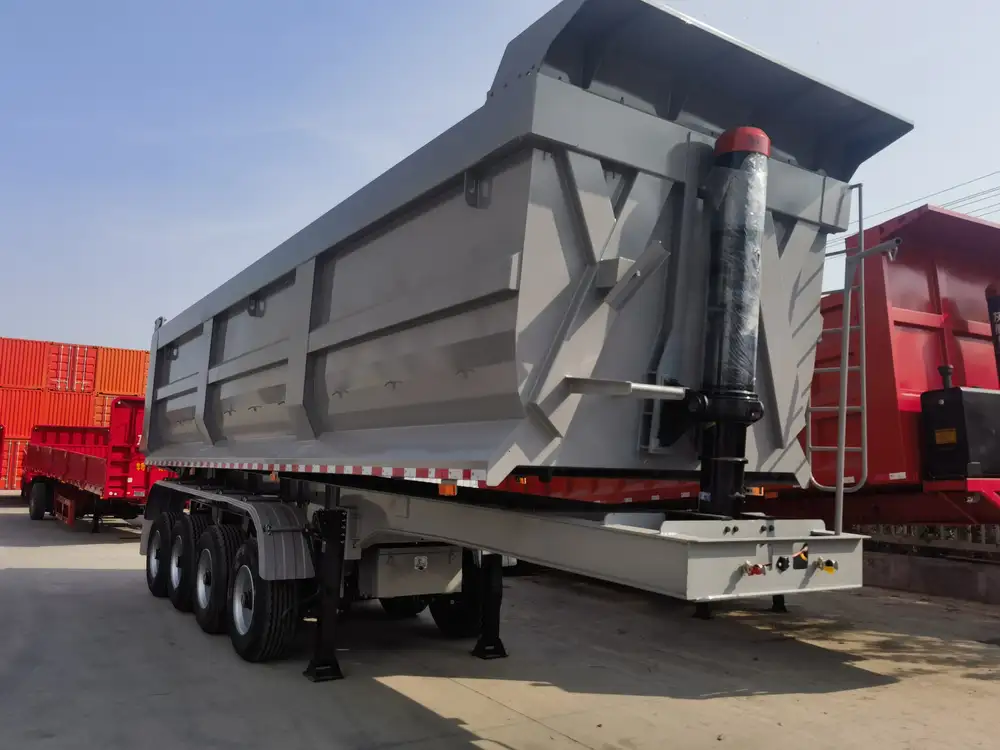
1. How much weight can a plated semi-trailer carry?
The weight capacity varies significantly based on design and specifications; however, most solidly built plated semi-trailers can haul anywhere between 10,000 to 50,000 pounds, accommodating various cargo types.
2. What are the best practices for loading a plated semi-trailer?
Best practices include distributing weight evenly across axles, securing cargo tightly, and ensuring all tie-down points are utilized.
3. Are plated semi-trailers suitable for long-distance travel?
Yes, high-quality plated semi-trailers are designed for long-haul trips, equipped with robust suspension systems and durable components that can endure lengthy journeys.

The Future of Plated Semi Trailers
As the transportation sector evolves, so do the innovations surrounding plated semi-trailers. Industry trends indicate a shift towards lightweight materials, advanced aerodynamic designs, and increased emphasis on eco-friendliness. Manufacturers are investing in research and development to produce trailers that meet evolving regulations while also yielding higher efficiency.
Technological Innovations
The incorporation of technology, such as fleet monitoring systems and advanced sensor technology, provides operators real-time data about trailer performance—further ensuring safety and operational efficiency.
Eco-Friendly Initiatives
Manufacturers are increasingly focused on eco-friendly practices, including producing trailers with lighter materials that reduce fuel consumption, leading to a greener Transportation sector.
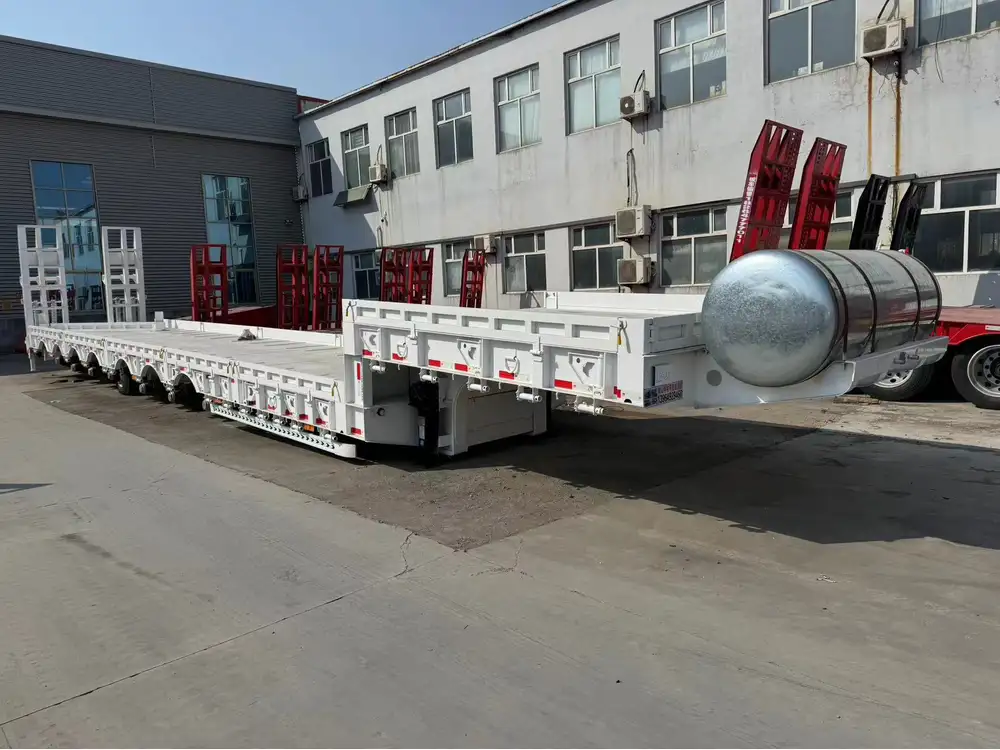
Conclusion
In summary, plated semi-trailers play a critical role in the logistics and transportation industry, characterized by their durability, versatility, and capacity for diverse cargo transportation. With ongoing advancements in design, safety, and technology, these trailers continue to meet and exceed the demands of modern freight transport. For those in search of efficiency, reliability, and safety, investing in a plated semi-trailer is a strategic choice that will yield long-term benefits in operational effectiveness and cost management. Embracing the trends of the future will ensure your fleet remains competitive in an ever-evolving market landscape.
Evaluating your specific needs in cargo transport will lead you to the right choice of a plated semi-trailer that not only meets your requirements but also contributes to the broader objectives of your logistics operations. This fundamental understanding equips you with the knowledge to make informed decisions in your transport endeavors.



